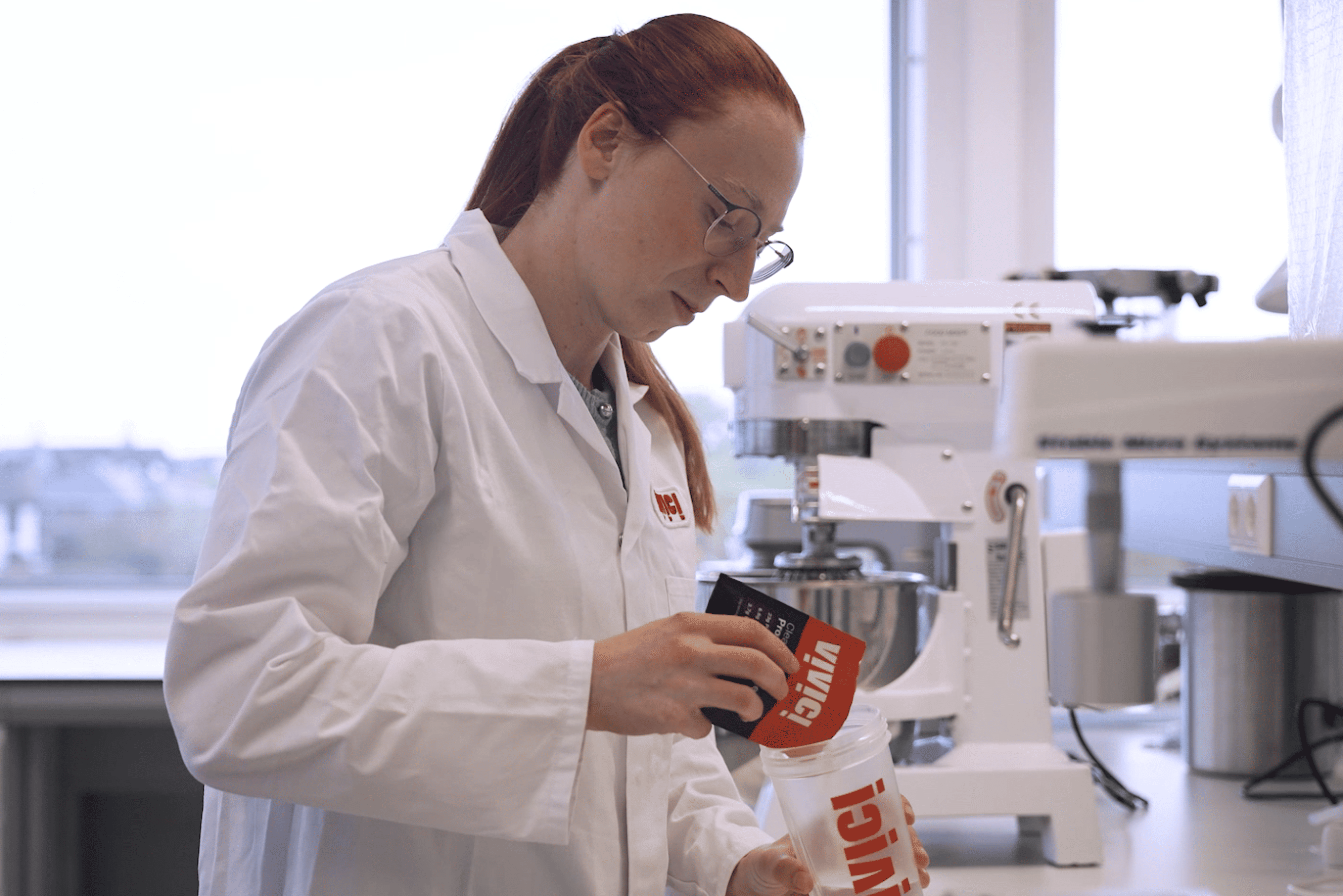
Regulation: Barrier or Enabler? How Mindset Shapes Market Success
What you’re about to read comes from the real conversations and triggers that shaped the “From Approval to Adoption – Navigating Regulation and Market Acceptance” panel in Amsterdam (ICOS Capital Summit). I had the opportunity to join fellow industry leaders as a speaker, where we explored how the right mindset can transform regulation from a perceived barrier into an enabler of innovation, discussing topics such as the speed and cost of approvals, the role of consumer perception, and the pathways to market adoption.
Regulation as a Mindset
To unlock the full potential of new food technologies, regulation needs to be part of your go-to-market strategy from the start, not an afterthought. When regulation is seen as an enabler rather than a barrier, and stronger connections are built between science, regulators, and the market, we create the foundation for credibility and trust.
When introducing a new product, ingredient, or service to market, regulation is often seen as the biggest hurdle. But is this fear justified, or is it more about mindset and preparation?
A horse that has fear won’t jump the fence. The same applies here. Success starts with mindset. By viewing regulation as an enabler rather than a barrier, companies can transform the process from something daunting into something that accelerates safe, credible innovation.
At Vivici, we have seen this firsthand in our work to set a New Standard of Protein through precision fermentation with Vivitein™ BLG. Regulatory frameworks like FDA’s GRAS and EFSA’s Novel Foods are there to ensure safety and credibility, and they do this effectively. Companies that engage early and transparently with regulators will find the process smoother. Investing in strong safety data and integrating regulatory strategy into go-to-market plans, rather than treating it as the last step, pays off. Regulation, when approached with preparation and confidence, becomes an enabler.
Maximizing Readiness
Timelines to secure market access vary across regulatory pathways, and while bottlenecks exist within these frameworks, much of the opportunity to shorten timelines lies within a company’s control. Strong preparation, a robust scientific and data strategy, and early engagement with regulators and experienced partners can make a meaningful difference. Submitting a well-structured, high-quality dossiers, leveraging inputs from pre-submission dialogues, further enhances the likelihood of a smooth and efficient review process.
Why Frameworks Must Evolve
While companies can do much to accelerate approvals, regulatory systems must also adapt to keep pace with advancing science and much needed speed to market. Consumer protection laws remain vital, but many were designed for a different era - before technologies like precision fermentation.
To enable safe, agile innovation, frameworks need practical and timely updates that preserve scientific rigor while allowing greater flexibility and efficiency. As these systems evolve, they’ll also be shaped by public understanding and trust - making transparency and clear communication essential companions to regulatory progress.
The Role of Consumer Perception
While regulatory frameworks are built on independent, science-based decision making, the public environment in which they operate continues to evolve. Shifts in consumer sentiment and societal expectations can shape the broader landscape for novel technologies. Companies that combine technical excellence with transparent communication and education can help build confidence and support for innovation across both policymakers and consumers.

From Production to Storytelling
The path to adoption is not only technical, but also narrative. Shifting from ingredient-focused language to consumer-centered storytelling is crucial. Translating technical advances into everyday benefits like taste, convenience, and lifestyle fit unlocks premium positioning and builds trust. This is how technical innovation becomes consumer desire. At Vivici, that is why we frame our work around consumer-ready formats such as compact protein shots, crystal clear protein soda, and clear ready to mix powders that fit modern routines.
Practical Takeaways
- Engage early with regulators as true partners in the process.
- Invest in rigorous science and build strong, transparent data strategies.
- Prepare well-structured high-quality dossiers to streamline approval.
- Support trade associations in educating policymakers on the value and safety of new technologies.
- Anchor storytelling in relevance by connecting innovation to taste, lifestyle, and convenience.
Why Frameworks Must Evolve
Consumer protection laws are essential, yet they were often designed for a different era. To truly foster safe, agile innovation, frameworks must evolve while staying grounded in robust science. Current systems provide credibility and safety, but they need practical updates to keep pace with new technologies like precision fermentation.
Conclusion
With the right mindset, preparation, and consumer-focused narratives, regulation becomes a springboard rather than a barrier. It is not only a safeguard for public trust but also a catalyst for market success. At Vivici, this is how we are setting a New Standard of Protein by aligning science, regulation, and storytelling to accelerate adoption and unlock the next generation of food innovation.








